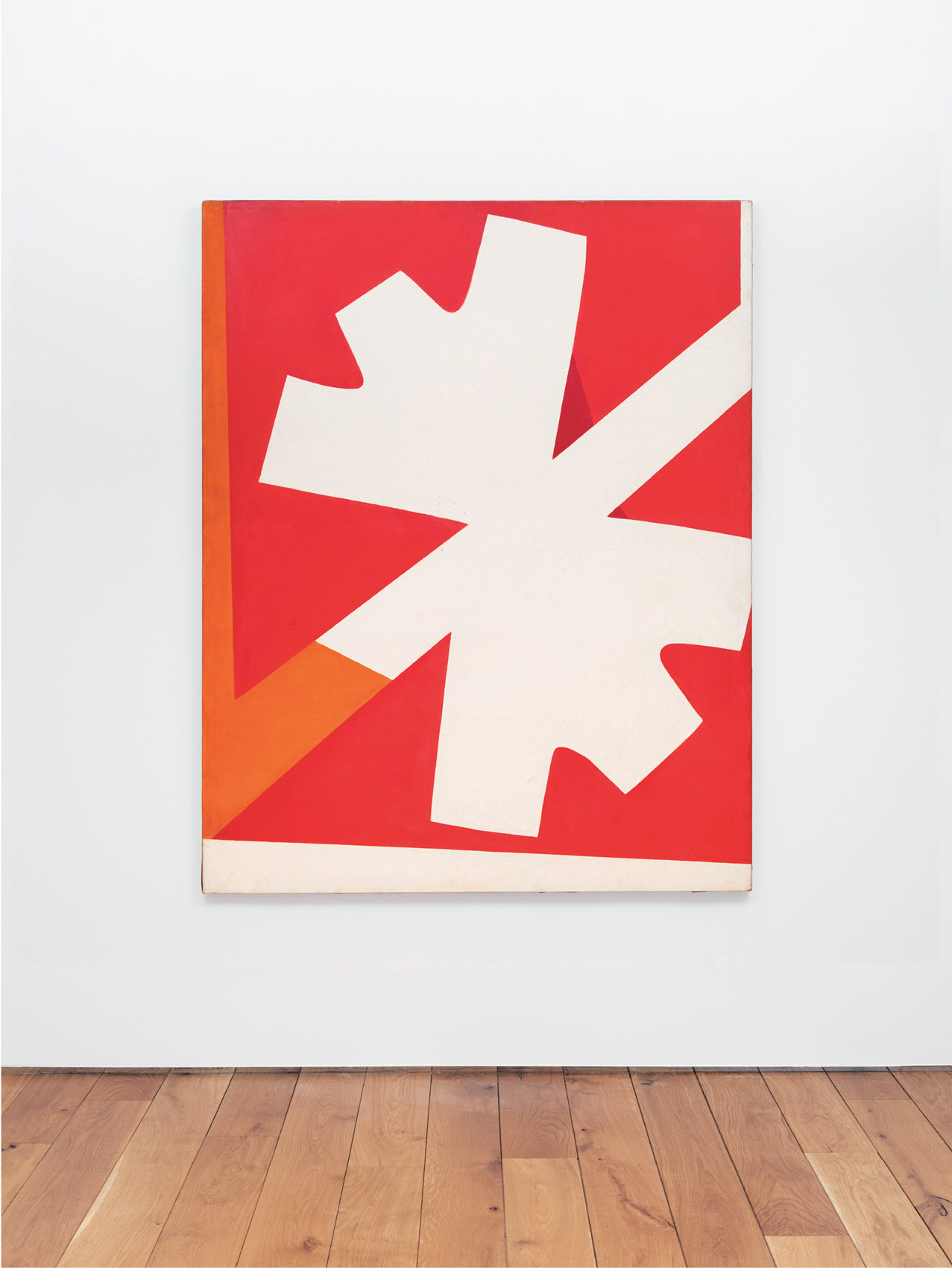
Tadashi Sugimata
1914–1994
ART WEEK TOKYO | NOVEMBER 2–5, 2023
SECTION 09
Painting has suffered something of an unfortunate lot in Japan. Oil painting practices brought over from the West took root in the country in the late 19th century. In response, the non-oil-based painting that had existed until then came to be called nihonga (Japanese-style painting), while the new oil painting that stood against that tradition was dubbed seiyoga or yoga (Western-style painting). With the introduction of Impressionism, oil painting was further subdivided into an old school that valued solemnity and a new school of pleinairists who pursued brightness—only for that to be followed by the early 20th-century rift between figuration and abstraction. Such divides hinder constructive discussions about painting, let alone the higher order concept of art.
But of course all is not misfortune. Outsiders who know nothing of these distinctions are able to invent new forms of painting. Of particular significance are artists who approach painting through graphic design. They build up their compositions through a detached analysis of human physiology, without being in thrall to history or getting caught up in factionalism. Grounded in lightness rather than profundity, this design-style painting nevertheless leaves a lingering impression on those who initially view it lightly.